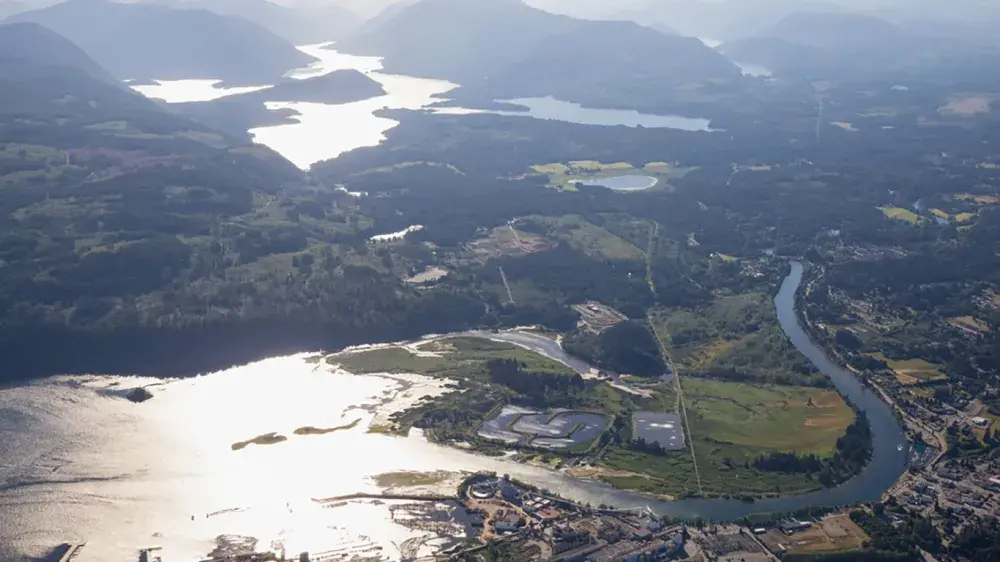With Port Alberni’s history as a resource town, the Alberni Valley Town Transition Society (AVTTS) is looking to create an economic future that is rooted in community values.
“It's important to get a certain message out about sustainably living in place,” said Cliff Atleo, Jr., associate professor in Resource and Environmental Management at Simon Fraser University. “For Nuu-chah-nulth people, that's a given because this is our home, our home territory, and in this case, the territory of the Tseshaht and the Hupačasath.”
As Atleo reflects on his research, he notes that Indigenous people of an area engage in particular development issues, projects, and partnerships, because they reside within their home territory.
“It has a lot to do with the fact that they’re home, and they will never have another home,” said Atleo.
While Atleo poses the question of how Nuu-chah-nulth-aht can live here sustainably, he notes that it requires a different look at the economy and affordability of life.
Port Alberni has been known for its thriving forestry and fishing industries in its past decades. After the amalgamation of Alberni and Port Alberni in 1967, the population grew to over 20,000 people by 1971, making the city Vancouver Island’s second largest at the time, next to Victoria.
According to an article published by The Canadian Encyclopedia, after the Second World War the area became a “major forestry center,” leading to the region having one of the highest per capita incomes in Canada through the 1970s.
“The region’s economic backbone continues to be the management of its sustainable resources,” reads the City of Port Alberni website, noting that in more recent years with a turn toward tourism the city’s economy has diversified.
“It brought a lot of wealth, if you will, a lot of income generation, but couldn't carry on forever,” said Atleo of the forestry industry.
Based on a statistical snapshot of the area, in July of 2022, the population in the Alberni Valley reached 27,771. Meanwhile, 18,259 residents live in the City of Port Alberni, according to the 2021 census.
Port Alberni is projected to grow in population over the next 20 years, shared Leonora King, vice president of AVTTS. She notes the importance of beginning discussions about the region's local economy so that it can remain affordable and inclusive to everyone.
“As a community, I think people are looking forward to economic growth in general,” said King. “We want to see economic growth that is inclusive, that brings everybody up with it, that doesn't leave anybody behind, and that produces better environmental and social incomes.”
King compares Port Alberni to Squamish, where both cities have histories as resource towns with population booms. But in Squamish, as their economy shifted, community members were pushed out due to lack of affordability.
“One thing that economic growth can do is it can actually decrease affordability,” said King. “[Squamish] wasn't an inclusive economic growth.”
AVTTS strives to engage community members in conversations now where the community makes decisions on the future of Alberni Valley’s economy, rooted in local values, she said.
“It's going to be a lot easier to produce more equitable outcomes, if we build our economic future around our values, rather than try to change course down the road,” said King.
On Wednesday March 20, AVTTS is hosting an event at Char’s Landing featuring guest speakers Elvezio Del Bianco and Cliff Atleo, followed by an interactive discussion of the economic future of the valley. The discussion begins at 7 p.m.
“Having more decision-making authority in the hands of locals, I think, really makes a difference,” said Atleo.








